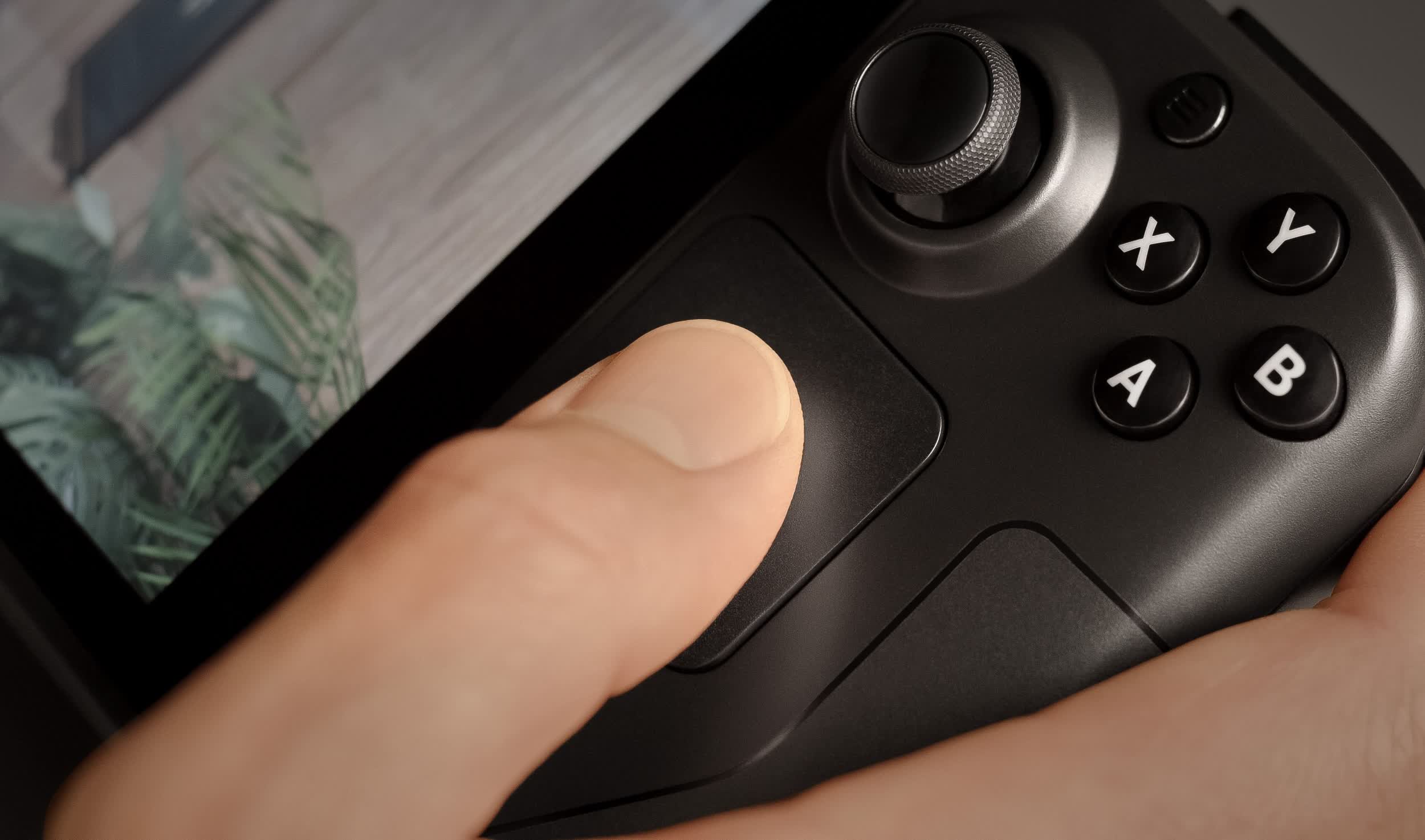
In context: So far, reviewers and users alike are enjoying Valve’s handheld Steam Deck console. It’s both a gaming powerhouse — relative to some competitors — and a full desktop PC rolled into one, with a custom Linux distro optimized for PC gaming. However, it isn’t a perfect machine by any means, and battery life is one of the big concerns Deck owners have right now.
Playing full-fat PC games at 60Hz can drain the Steam Deck’s battery substantially — PC Gamer’s Wes Fenlon managed to go from a full charge to a measly 20 percent just over an hour into a Deathloop session. Since the Steam Deck is being marketed as a portable gaming console, it’d be ideal if it lasted a little longer.
As it turns out, you can squeeze some extra battery life out of the device, but it requires some doing. YouTuber The Phawx discovered that hard-capping his Deck to 40Hz improved gameplay smoothness and frame pacing while still netting him a nice bump to battery life — comparable to 30Hz. In other words, 40Hz is right in the sweet spot.
There are a few downsides, though. First, the Steam Deck’s SteamOS does not natively support refresh rate changes due to high “screen blanking time” when switching.
We’ve been really excited to bring refresh rate switching to Deck to deliver smooth frame pacing in arbitrary FPS limit scenarios, but the current screen blanking time when switching is a bit much. We’ve been doing work behind the scenes to improve it, coming soon! https://t.co/gkmxWKfov4
— Pierre-Loup Griffais (@Plagman2) April 18, 2022
That functionality is “coming soon,” but in the meantime, you’ll have to install Windows on the device instead. That might not seem like a big deal, but Windows is not in great shape on the Steam Deck, as Linus Tech Tips explains in the video below.
Second, 60Hz panels don’t typically support the 40Hz refresh rate by default. You usually have to use third-party utilities like CRU to achieve that functionality, and the Steam Deck’s display is no different.
Finally, reducing your fresh rate globally will affect absolutely everything you do on your machine, including simply dragging windows around. In other words, expect Windows to feel a bit more sluggish on the Deck if you implement these methods.
Even so, the benefits will probably be worth the pain for many. As The Phawx points out, a 40Hz-capped Steam Deck is going to use around 20 watts of power, versus an uncapped Deck’s 25 watts. The YouTuber claims this 25 percent difference will boost battery life to roughly the two-hour mark under load, which is a sizable jump from the hour-and-change you’d get with an unaltered device. Of course, this assumes you’re using a full 100 percent charge every time you boot up your Deck, which won’t be the case for most users.
The Steam Deck is receiving active support from Valve, so we can expect to see some of these janky workarounds implemented natively down the line. We hope Valve also manages to optimize power draw a bit more since the Deck’s battery life is pretty mediocre compared to some of its competitors.